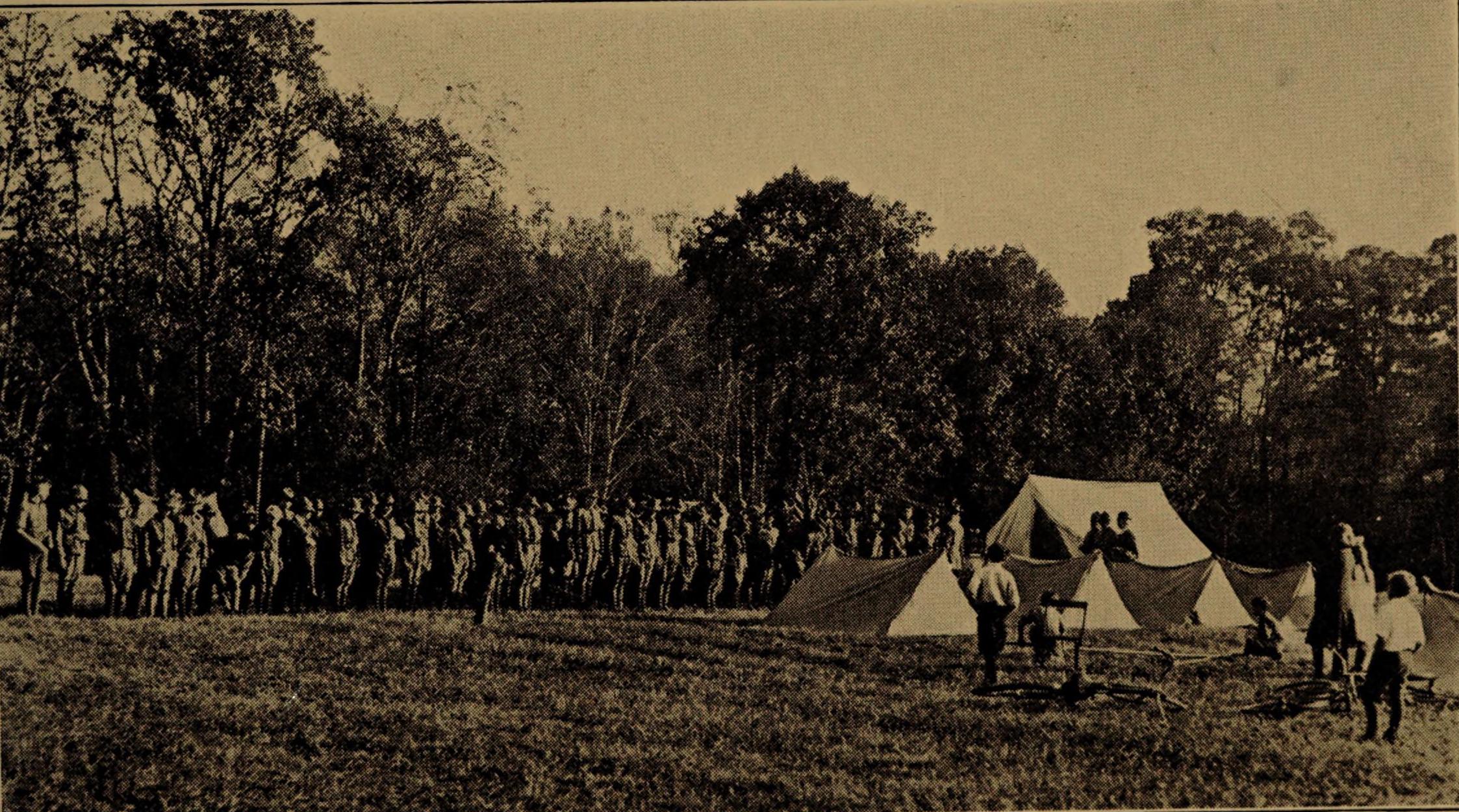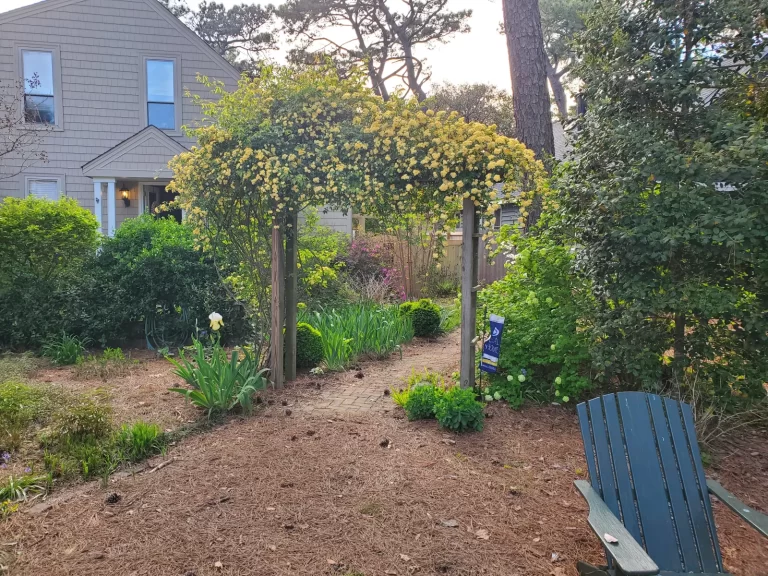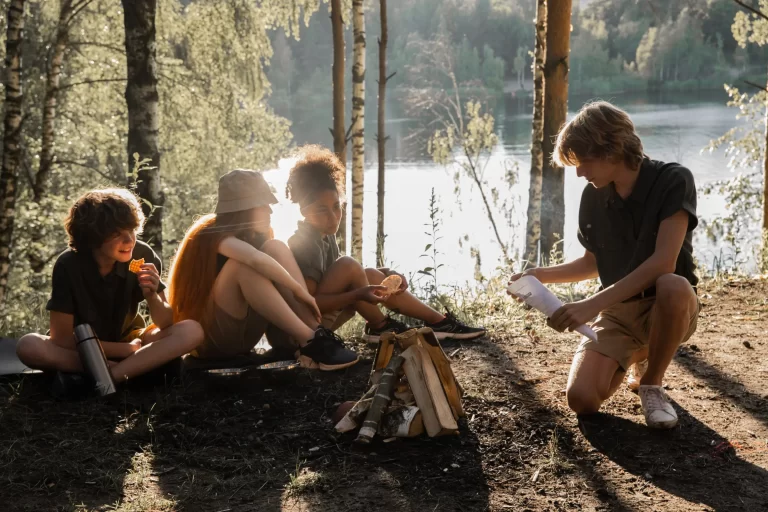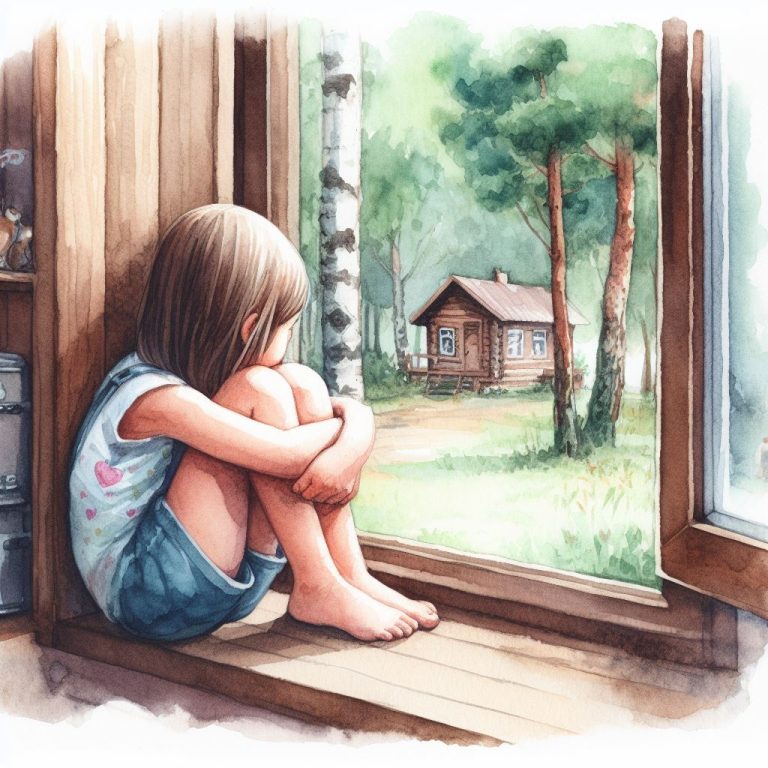The History of Boy Scout Summer Camps
Summer camps have always held a special place in the hearts of children and adults alike. These camps provide a unique opportunity for young individuals to learn valuable life skills, develop self-confidence, and create lasting memories. The history of Boy Scout summer camps is a fascinating journey that has left an indelible mark on the lives of countless scouts and leaders.
In this blog post, we’ll take you on a journey through time to explore the evolution of Boy Scout summer camps, from their humble beginnings to the vibrant and diverse programs they offer today. As an Eagle Scout myself, I spent many years enjoying (and a lot of sweating at) Camp Bowers
The Birth of the Boy Scouts of America
The Boy Scouts of America (BSA) was officially founded in 1910 by William D. Boyce, inspired by a chance encounter with a British Boy Scout. As the organization rapidly gained popularity, it became apparent that camps would play a crucial role in the development of young scouts.
Early Beginnings: Treasure Island
In 1910, the BSA’s first summer camp, known as Treasure Island, was established in Pennsylvania. This camp set the stage for the development of summer camps within the organization. Activities included nature studies, games, and learning useful skills, such as first aid and knot-tying.
The Rise of Philmont Scout Ranch
Philmont Scout Ranch, located in New Mexico, became an essential destination for scouts seeking adventure. Founded in 1938, Philmont boasts over 200 square miles of pristine wilderness, providing scouts with a unique opportunity to develop outdoor and leadership skills through backpacking and high adventure programs.
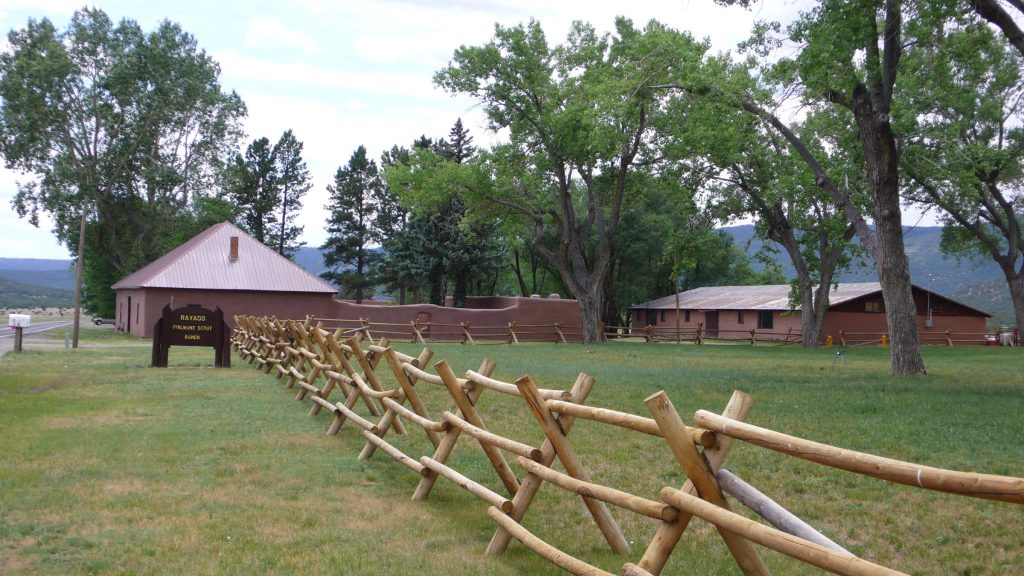
Camp Conservation
During the Great Depression, the Civilian Conservation Corps (CCC) worked in cooperation with the BSA to establish and improve many summer camps. This partnership helped create camps with better facilities and resources, ensuring that more scouts had access to enriching outdoor experiences.
World War II and Scouting
World War II had a significant impact on Boy Scout summer camps. Many young men who would have served as camp staff were drafted into military service. Summer camps adapted by focusing on wartime skills and patriotism, emphasizing the importance of “Scouting for Victory.”
The Evolution of Programming
Throughout the years, Boy Scout summer camps evolved to meet the changing needs and interests of scouts. Camps started offering a more diverse range of programs, including aquatics, handicrafts, nature, and high adventure activities. This diversity allowed scouts to pursue their unique interests and passions.
Modern Boy Scout Summer Camps
Today, Boy Scout summer camps continue to thrive, offering a variety of experiences and opportunities for personal growth. These camps are places where scouts can engage in outdoor adventures, earn merit badges, and build friendships that last a lifetime.
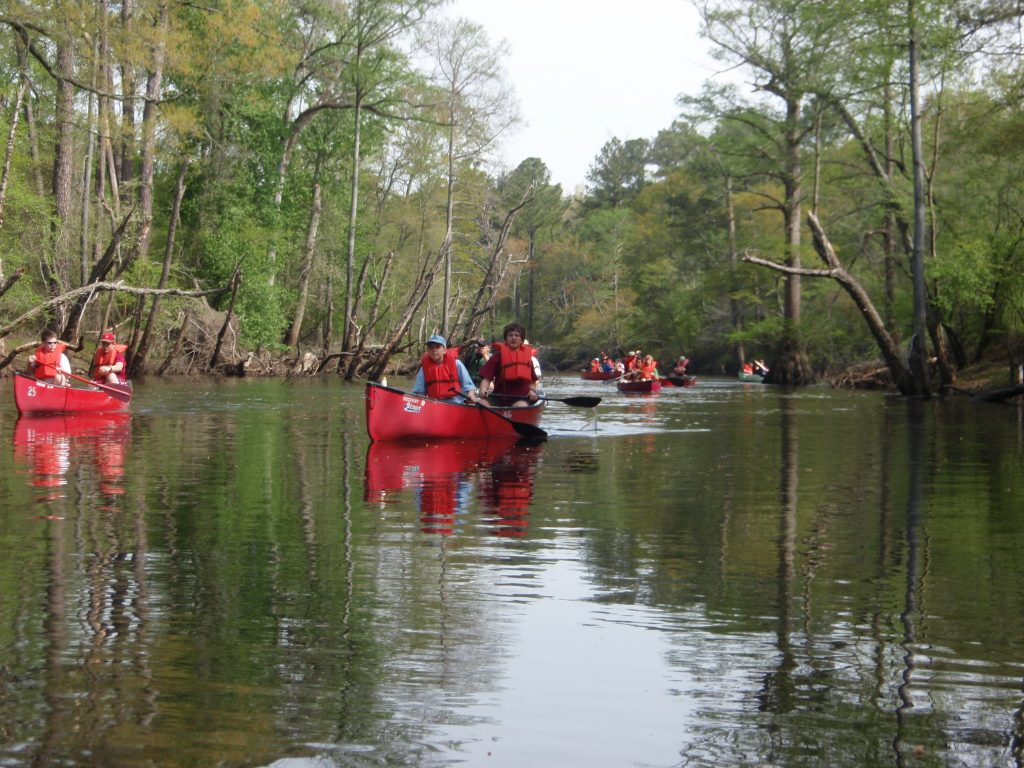
High Adventure Bases
In recent years, the BSA has expanded its offerings to include high adventure bases like the Summit Bechtel Reserve in West Virginia and the Northern Tier National High Adventure Program in Minnesota. These bases provide scouts with the chance to engage in activities such as rock climbing, zip-lining, whitewater rafting, and wilderness canoeing.
Inclusivity and Diversity
The Boy Scouts of America has made strides in becoming more inclusive and diverse. With the inclusion of girls in 2019, the BSA now offers co-ed summer camp programs. This change has allowed even more young individuals to experience the benefits of scouting and summer camps.
Conclusion
The history of Boy Scout summer camps is a testament to the enduring legacy of the Boy Scouts of America. From its early beginnings on Treasure Island to the vibrant and diverse programs offered today, these camps have played a significant role in the personal growth and development of countless young individuals.
As Boy Scout summer camps continue to evolve and adapt to the changing needs and interests of scouts, one thing remains constant: the enduring spirit of adventure, leadership, and community that has defined the Boy Scouts of America for over a century.

